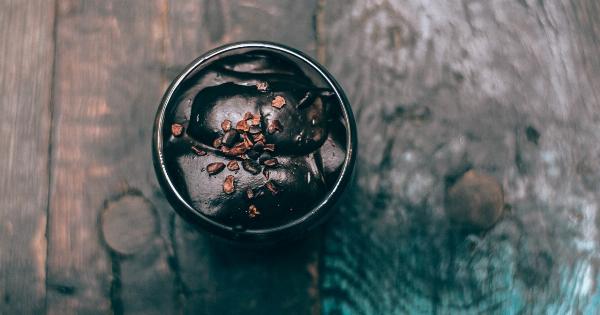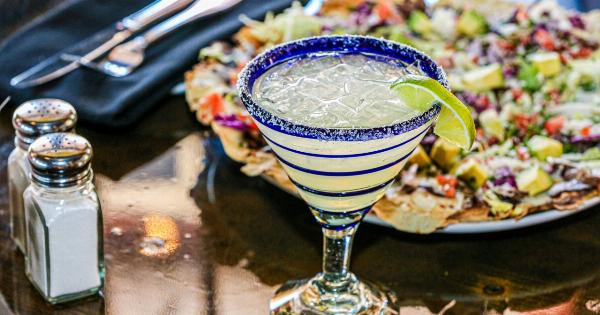Stretch marks are a common concern, especially among women during pregnancy or rapid weight gain and loss. While they may fade over time, many individuals wish to prevent stretch marks from occurring in the first place.
One effective way to do this is through proper nutrition. Eating a well-balanced diet can nourish your skin from within, improve elasticity, and reduce the likelihood of stretch marks. Here is a comprehensive nutrition guide to help you prevent stretch marks:.
1. Stay Hydrated
One of the most fundamental aspects of preventing stretch marks is staying hydrated. Drinking an adequate amount of water helps maintain skin elasticity and suppleness.
Aim for at least eight glasses of water per day, and increase your intake if you are physically active or live in a hot climate.
2. Eat Foods Rich in Vitamins A and C
Vitamins A and C are essential for healthy skin. Vitamin A supports skin cell growth and repair, while vitamin C promotes collagen production, a protein that gives skin its elasticity.
Include foods such as carrots, sweet potatoes, spinach, oranges, strawberries, and bell peppers in your diet to boost your intake of these vitamins.
3. Consume Foods High in Essential Fatty Acids
Essential fatty acids, like omega-3 and omega-6, contribute to the health of your skin’s cell membranes. They help maintain moisture and flexibility, reducing the risk of stretch marks.
Incorporate fatty fish like salmon and mackerel, chia seeds, flaxseeds, and walnuts into your meals to increase your intake of these beneficial fats.
4. Include Zinc-Rich Foods
Zinc plays an important role in collagen synthesis, helping the skin stretch and heal. Foods rich in zinc include lean meats, legumes, whole grains, nuts, and seeds. Incorporating these into your diet can aid in preventing stretch marks.
5. Choose Foods with High Antioxidant Content
Antioxidants protect your skin from damage caused by free radicals and contribute to overall skin health. Blueberries, strawberries, dark chocolate, nuts, and green leafy vegetables are great sources of antioxidants.
6. Prioritize Protein-Rich Foods
Protein is crucial for the formation and repair of skin tissue. It helps maintain the skin’s strength and elasticity. Include lean meats, poultry, fish, eggs, dairy products, legumes, and tofu in your diet to increase your protein intake.
7. Incorporate Collagen-Boosting Foods
Collagen is the main structural protein in the skin, responsible for its firmness and elasticity. To support collagen production, consume foods rich in vitamin C, amino acids, and antioxidants.
Some collagen-boosting foods include citrus fruits, red and yellow bell peppers, bone broth, and leafy greens like kale and spinach.
8. Avoid Excessive Consumption of Sugary and Processed Foods
Sugar and processed foods can lead to inflammation and damage collagen and elastin fibers in the skin. Inflammation weakens the skin’s structure, making it more prone to stretch marks.
Opt for whole, unprocessed foods instead of sugary snacks and refined grains.
9. Stay Mindful of Weight Gain
Rapid and excessive weight gain is a common cause of stretch marks. Try to maintain a healthy and steady weight within the recommended range for your body type.
Gradual weight gain allows your skin to stretch gradually, reducing the likelihood of stretch marks.
10. Use Nutrition Supplements as Needed
If you struggle to meet your nutritional needs through diet alone, consider consulting a healthcare professional about appropriate nutrition supplements.
They can help ensure you get all the necessary vitamins, minerals, and nutrients to support healthy skin.































